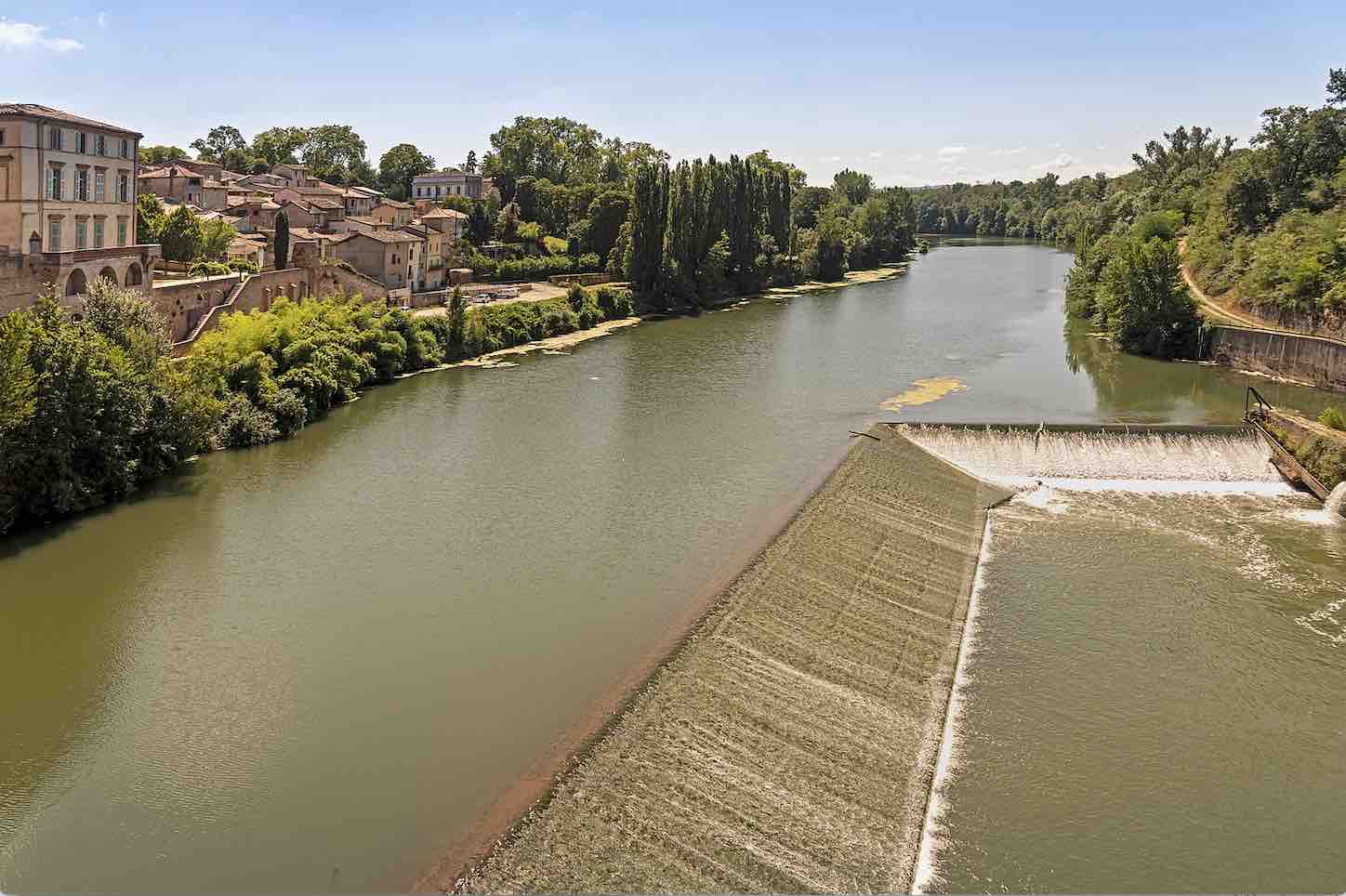
Gaillac is located in the center of the southwestern French wine-growing region of the same name, from which the sweet wine tasted this time comes. The wine-growing region north-west of Toulouse, on the Tarn – with 9,000 hectares of vineyards and around a third of which are appellations – is characterized above all by its often regionally autochthonous grape varieties and the range of wine styles.
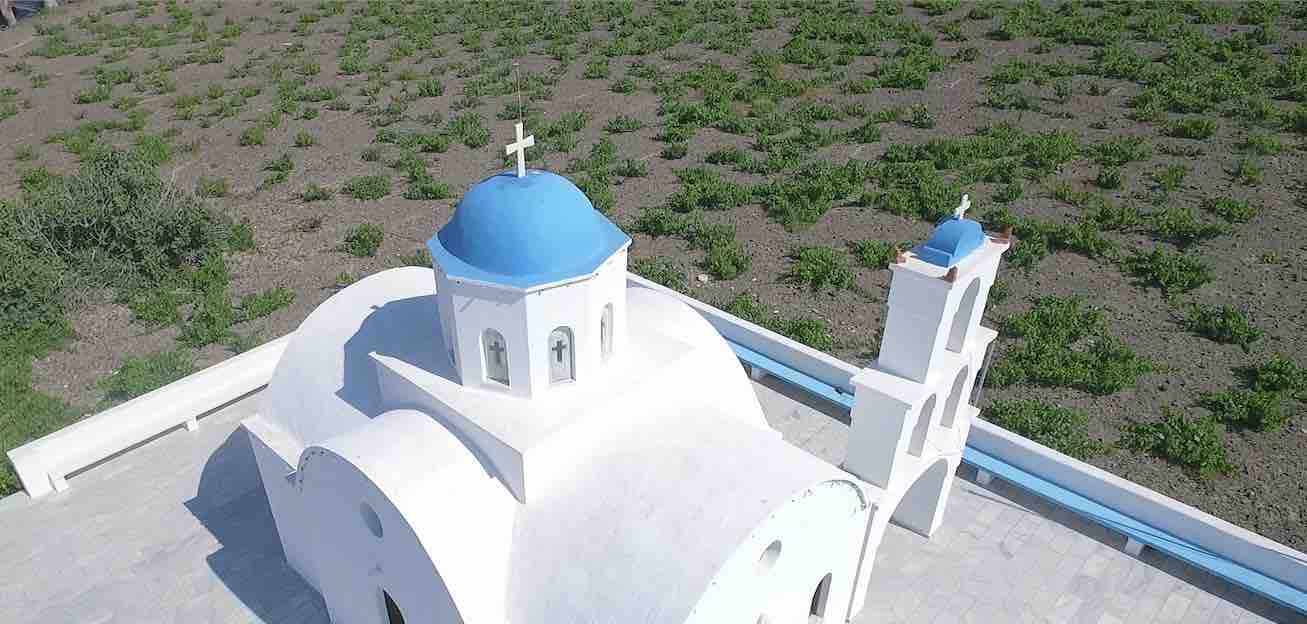



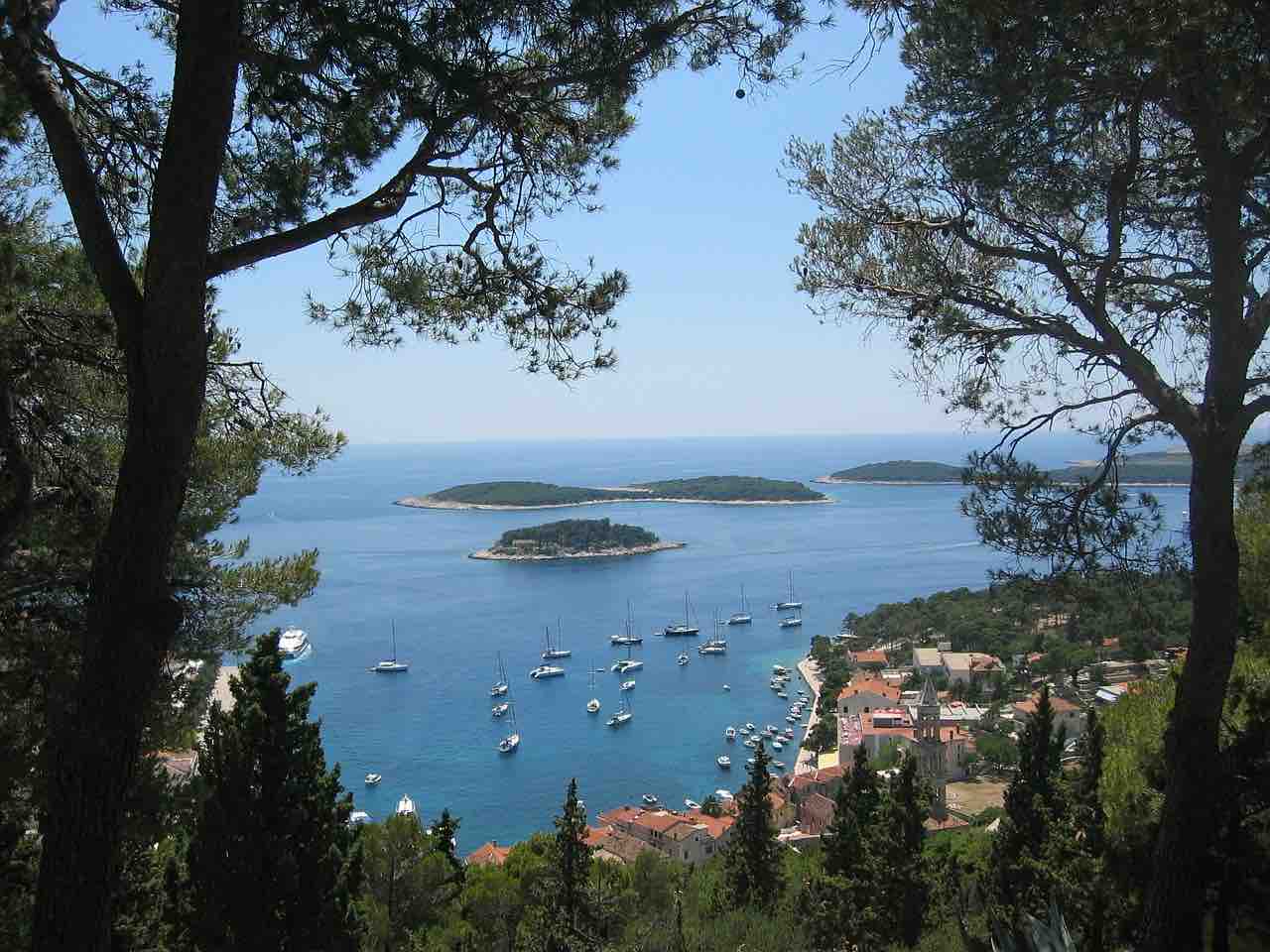

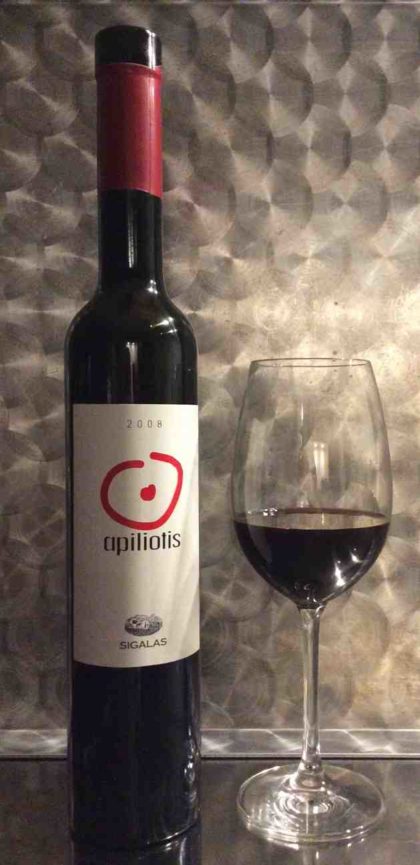
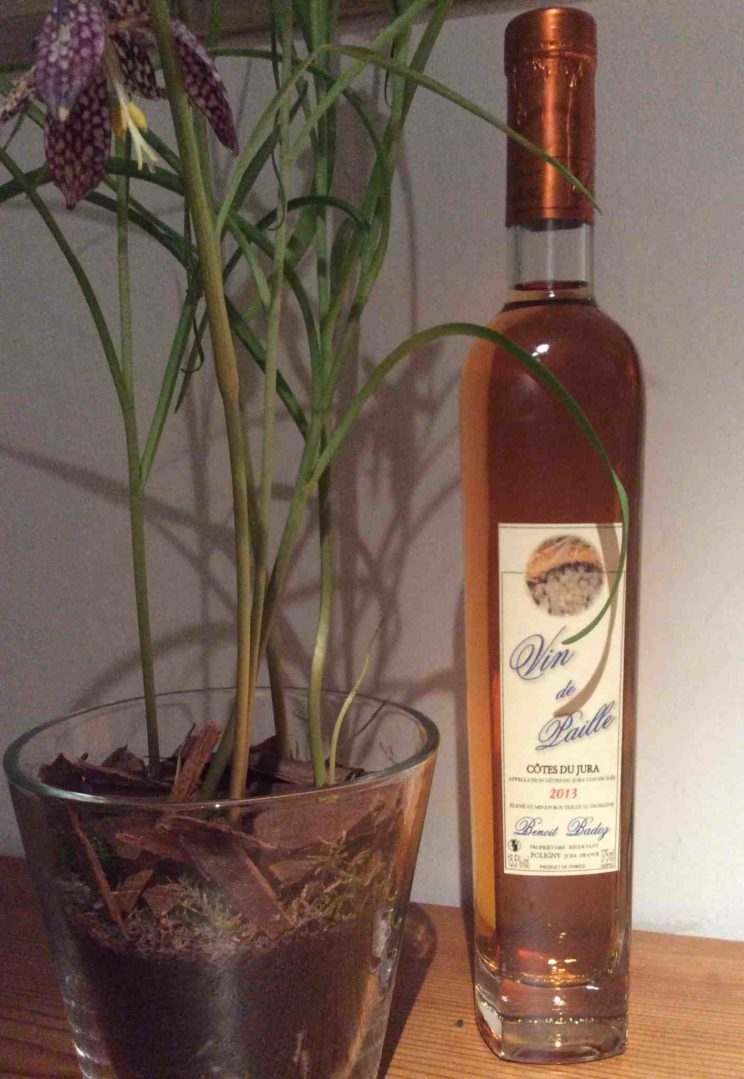
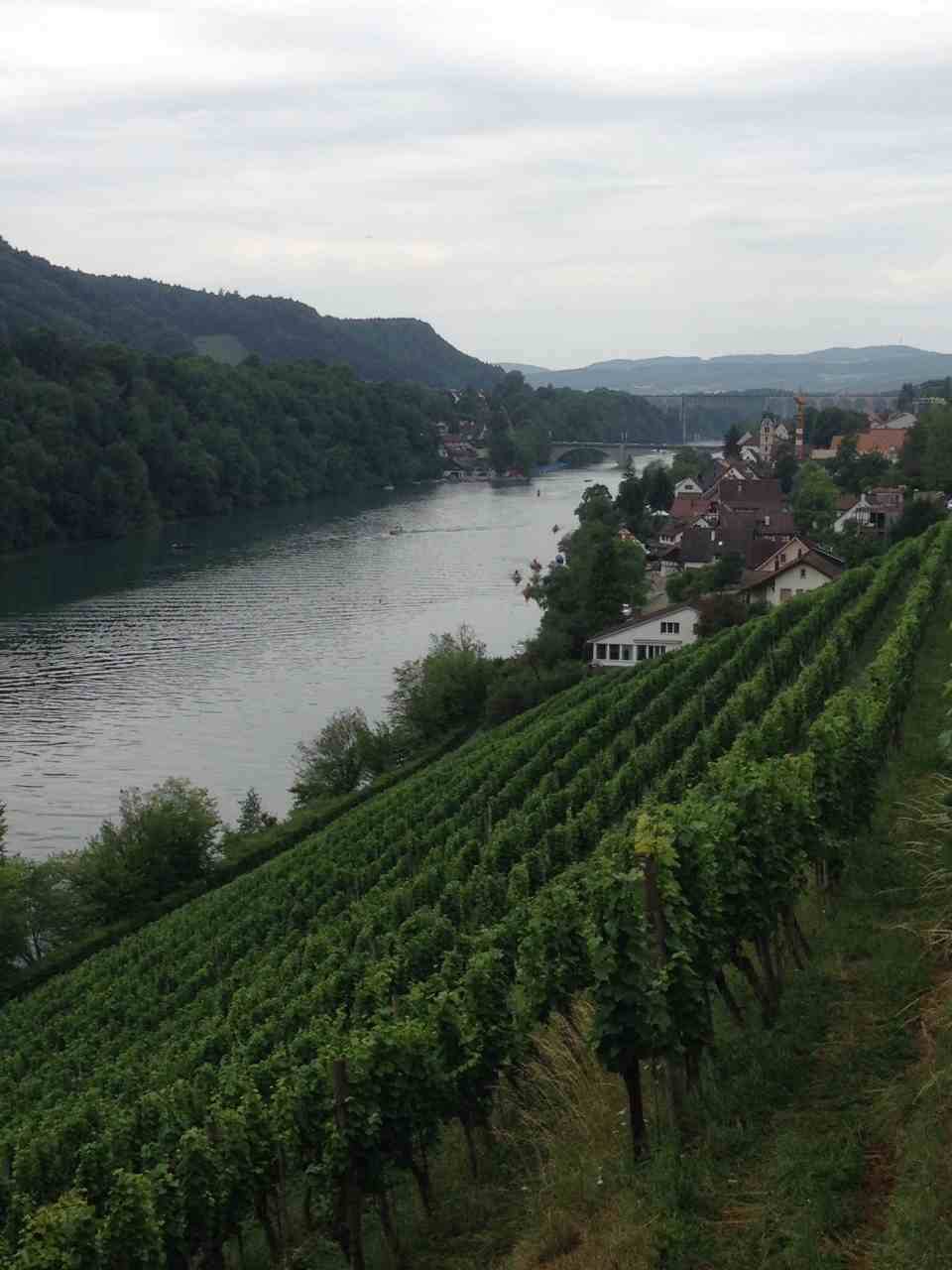 From Ticino to Aargau our Swiss wine tour led us this year in June. We also got to know the Räuschling, an indigenous Swiss grape variety, of which only 25 hectares are cultivated worldwide, 18 hectares of which at Lake Zurich. The parents of the grape variety are the grape varieties White Heunisch, also known as Gouais Blanc or Gwäss as well as the vine named in the Jura Savagnin Blanc and in Switzerland Heida. Gouais Blanc, which is also a direct ancestor of Riesling, seems to provide for the very strong acid and therefore predestined this grape variety as very good for sweet …
From Ticino to Aargau our Swiss wine tour led us this year in June. We also got to know the Räuschling, an indigenous Swiss grape variety, of which only 25 hectares are cultivated worldwide, 18 hectares of which at Lake Zurich. The parents of the grape variety are the grape varieties White Heunisch, also known as Gouais Blanc or Gwäss as well as the vine named in the Jura Savagnin Blanc and in Switzerland Heida. Gouais Blanc, which is also a direct ancestor of Riesling, seems to provide for the very strong acid and therefore predestined this grape variety as very good for sweet …